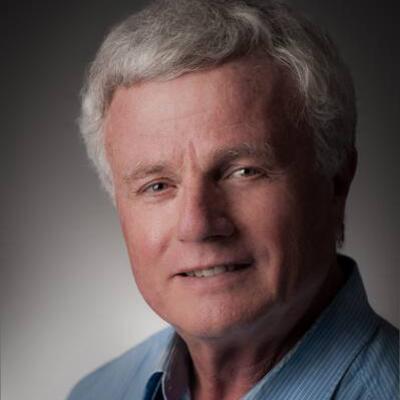Sunburst: October 2019
How Can Renewables Support Global Economic, Energy, and Environmental Justice?
The word is in quite a tumultuous state…despite the absence of any major global military conflicts. Civil unrest has taken the form of violent protests in many countries around the world, with citizens standing up against income inequalities and unwanted foreign influences. After seeing strong income growth and prosperity develop throughout much of the world since the end of World War II, manifested through global trade alliances, expansion of democratic principles, and for sure access to cheap and highly subsidized fossil energy resources, we seem to be at the cusp of big changes. But along with the developments of the past three-quarters of a century have come income disparities, energy injustice, and major environmental threats, in particular climate change. So, what should governments do to quell the civil unrest and growing populism resulting from these inequalities?
Certainly, in our view one clear answer is to transform our energy system to a renewables-based distributed system resulting in much greater economic opportunities for all people, energy justice, and environmental recovery and improvement.
There was much discussion regarding the renewables solution to these major societal problems at the 2019 Korean International Renewable Energy Conference (KIREC 2019), held in Seoul, South Korea on 23-25 October. I attended KIREC 2019 at the kind invitation of REN21. The Conference, the eighth in a series of IRECs dating back to 2004, was organized by the Renewable Energy Network for the 21st Century (REN 21), and hosted by the Korean Ministry of Trade, Industry and Energy and the Seoul Metropolitan Government.
The Opening Ceremony, attended by upwards of 2000 participants, featured Ban Ki-Moon, the former UN Secretary General and now the Chair of Korea’s National Council on Climate and Air Quality. He opened by noting how changing our behavior to address the issues facing society today is a must, not a choice. Our current energy markets pose significant risks to our health, as evidenced by countries such as South Korea that still relies heavily on fossil fuel energy sources and has the worst air pollution of any OECD country. Each country has its own responsibility to address these environmental issues, but international cooperation is essential. He said that green growth supported by clean renewable energy is the only way to build a sustainable future. He called on world leaders to take actions and initiatives that show the way to replace conventional energy with green energy. In closing, he shared a quote he heard from Pope Francis: “God sometimes forgives, but nature never forgives”.
The KIREC format following the opening ceremony was to hold parallel and plenary panel discussions covering critical cross-cutting topics such as financing, policies, mobility, citizen engagement, mini-grids, digitization, and the role of sector coupling in the transformation to a distributed, renewable energy system.
Each panel featured a keynote speaker. In some of the panels new, important publications were announced. Paolo Frankl, the head of IEA’s Renewable Energy Division, presented the International Energy Agency’s (IEA’s) Renewables 2019 Market Analysis and Forecasts to 2024, released on 21 October. This report predicts that 70% of the power expansion through 2024 will be from solar PV and wind, leading to a 30% share of renewables in the power system globally. By that time total installed Solar PV capacity is estimated to reach 700 GW (current levels are slightly above 500 GW), including about 300 GW of distributed PV.
There were also side events where other important publications were presented. For example, Rana Abib, Executive Director of REN 21 announced two new publications: “Perspectives on the Global Renewable Energy Transition”, and “Asia and the Pacific Renewable Energy Status Report”. The Perspectives report provides key takeaways from their 2019 Global Status Report, highlighting important facts such as: Renewables accounted for 64% of all new electricity generation in 2018; that same year 9 countries generated more than 20% of their electricity with wind and solar PV. Further, cities are taking a leading role in adopting some of the most ambitious targets globally, and at least 100 cities worldwide now use 70% or more renewable electricity. However, the report also notes that slow growth in the use of renewables in heating and cooling needs to be addressed in order to achieve decarbonization in all of our energy sectors.
I participated in a panel discussion organized by the Global 100% Renewable Energy Platform during the side events, where I highlighted the Dispelling the Myths infographics developed by ISES last year. I also participated in a panel on citizen engagement during the conference.
The point I would like to make here is that the current global unrest that we are seeing, which at times has become violent, especially when economic and political factors come into play, has in part been caused by, but also can be solved by, the way we produce and use energy to fuel our economic system. We are already seeing massive global demonstrations against the way we use energy that has led to the climate crisis, such as the peaceful demonstrations by FridaysforFuture protesting lack of government action on climate change, and climate demonstrations adopting civil disobedience tactics such as those of the Extinction Rebellion.
ISES is one of many key likeminded organizations working hard to communicate how the renewable energy transformation will create immense and more equitable economic benefits, energy access and security, and environmental recovery.
